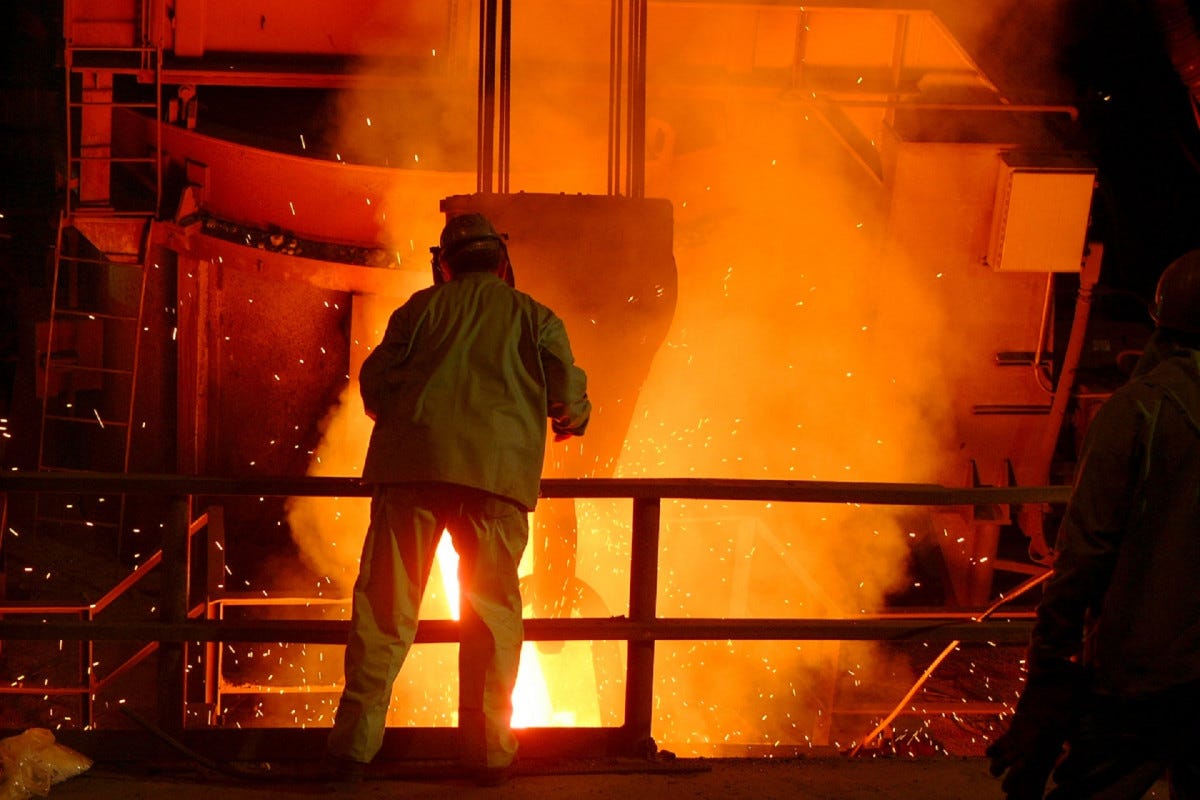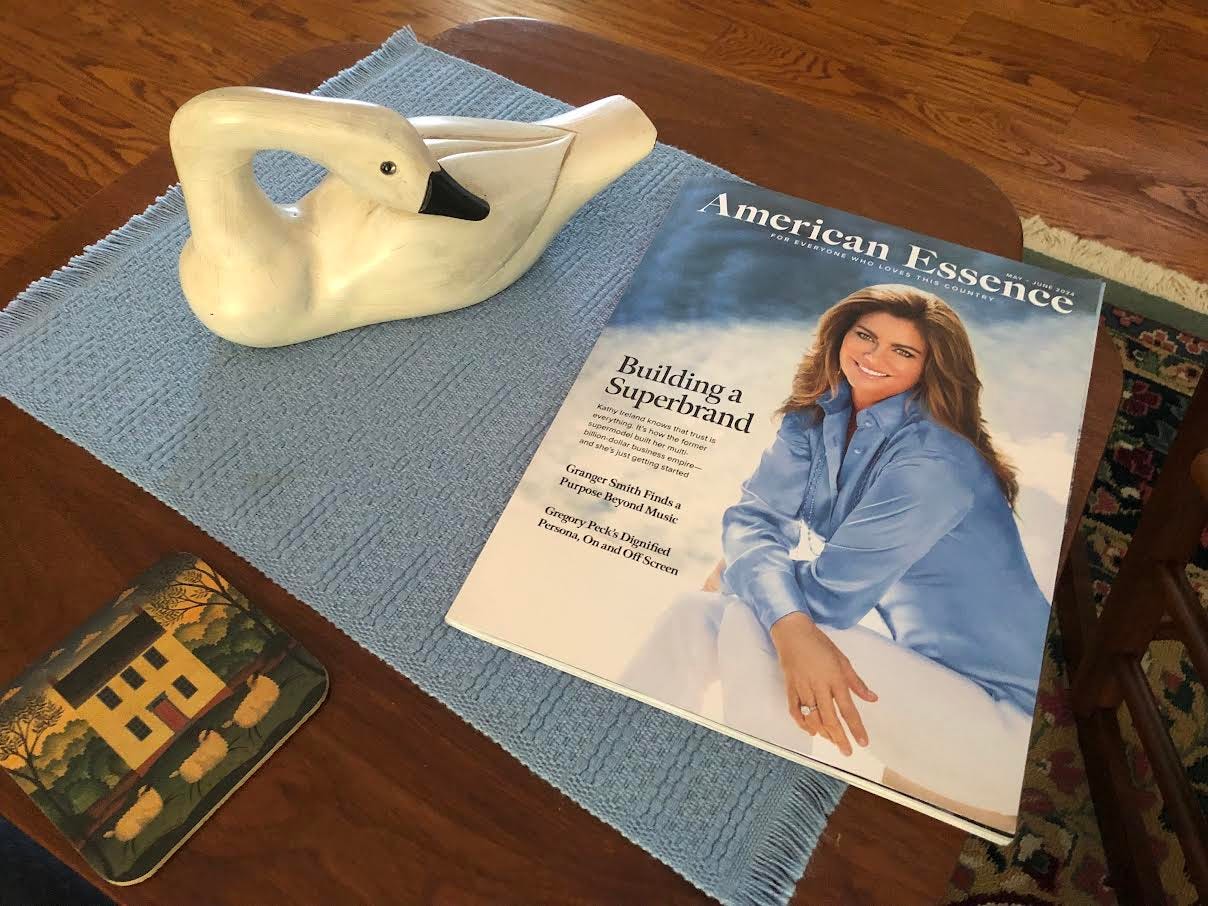STOKING THE FIRE
[Click to Read]
Mom didn’t drive when I was very young, but Mom was mobile. We often boarded the streetcar for errands as she ventured into Baltimore for everything from groceries to visits to the pediatrician. This was during the 1950s, when you could live in the leafy suburbs of a large American city and still get around by streetcar. Streetcars were amazing! In my youth, they were a magic carpet to adventure—and with Mom there, to learning, too.
One Sunday morning, Mom took me somewhere deep downtown. Perhaps we were visiting the old cathedral. I don’t really remember the destination. But I will never forget the lesson in the journey. We made our way past the great steel plant, and I must have wondered at the great smokestacks belching smoke. A few years before I was born, these plants had been a vital part of steel production during World War II. Here they were, smoking away.
“Do you know why the smokestacks and the blast furnaces are always burning, even on a day when nobody is making steel?” she asked. (read more)
“I remember one sunny day when I was very young, and we sat outside at the picnic table. Mom brought out construction paper, scissors, and glue. We built little model houses and set them in the garden. Somehow, I found that afternoon very satisfying, remembering it even to this day.”
An ARDA in the Custom Homes Division. Mom, this one is for you! [1.] — AIBD Photo by Liz Ross Cruse
MOM AND THE CIRCUS ACROBATS
[Click to Read]
It is recorded that in 1793, George Washington went to the circus in Philadelphia, perhaps one of the first circuses in America. It was, by all accounts, mainly an equestrian show. It did have jugglers, clowns, and even a rope walker. Around 1825, American circuses began to use tents. As they added animals and equipment, they traveled by horse-drawn wagons. On April 10, 1871, Phineas T. Barnum opened his circus under 3 acres of canvas in Brooklyn, New York. In the decades to follow, circuses would travel by special trains, which were needed to carry the vast troupe of human and animal performers.
The same Chicago World’s Fair of 1893 that brought the great White City’s classical architecture to the main streets of so many American towns also brought them the “midway,” a term borrowed from the Chicago fair’s entertainment district—the Midway Plaisance. The Midway’s fair showcased the exotic and the unusual. The great Ferris Wheel was not in the White City, but rather on the Midway Plaisance. The years following the great fair saw a proliferation of traveling shows that brought “the world” to small-town America. They ranged in size from the great tent circuses to the smaller carnival companies that would do the circuit of state and county fairs—occupying the midway. (read more)
Possibly the most beautiful magazine in America. Here our copy of the May/June issue sits next to one of my mother’s carved waterfowl from her collection. The story of mom and the blast furnaces is in this issue. Please consider subscribing to American Essence [click to visit]







